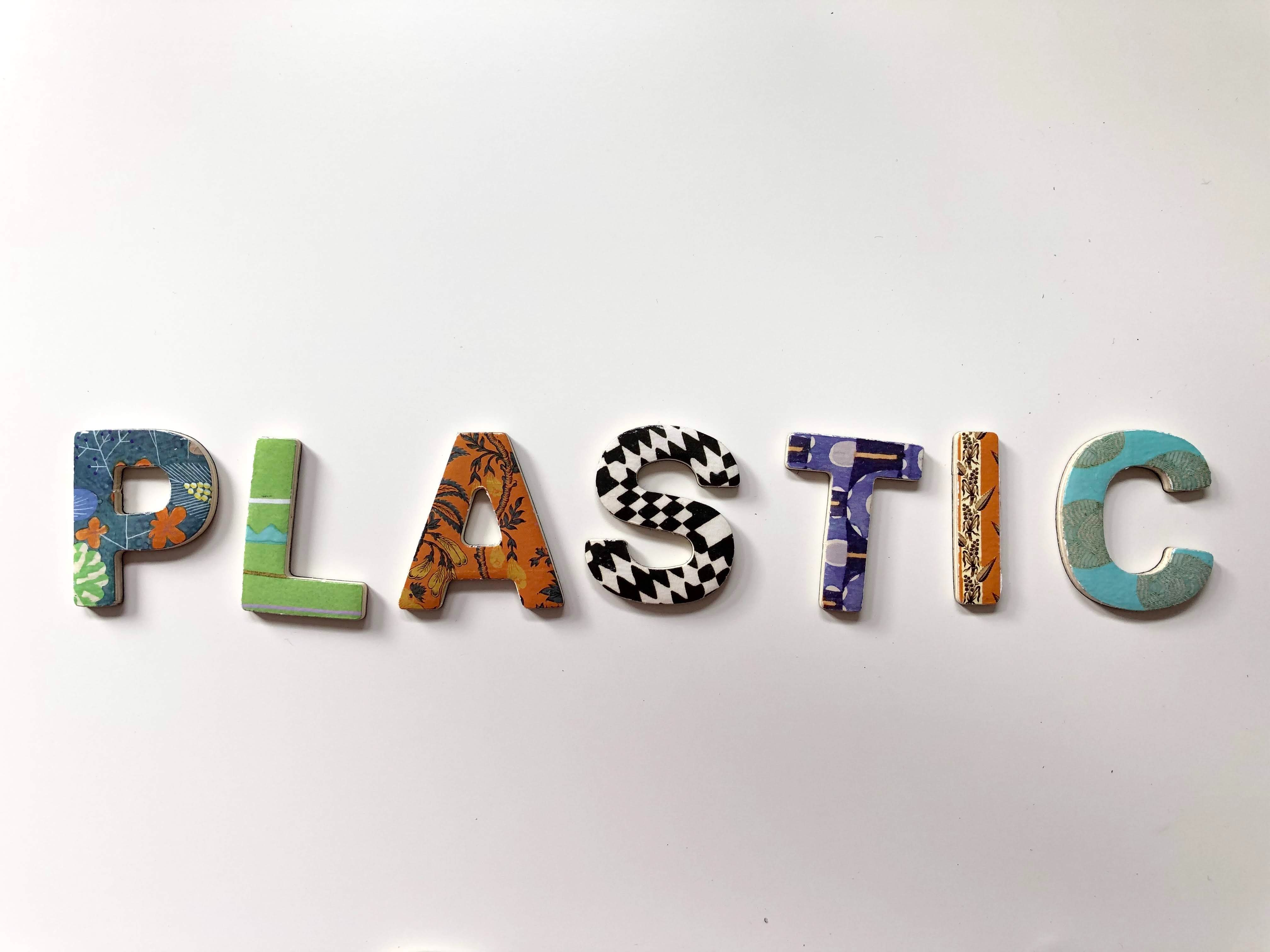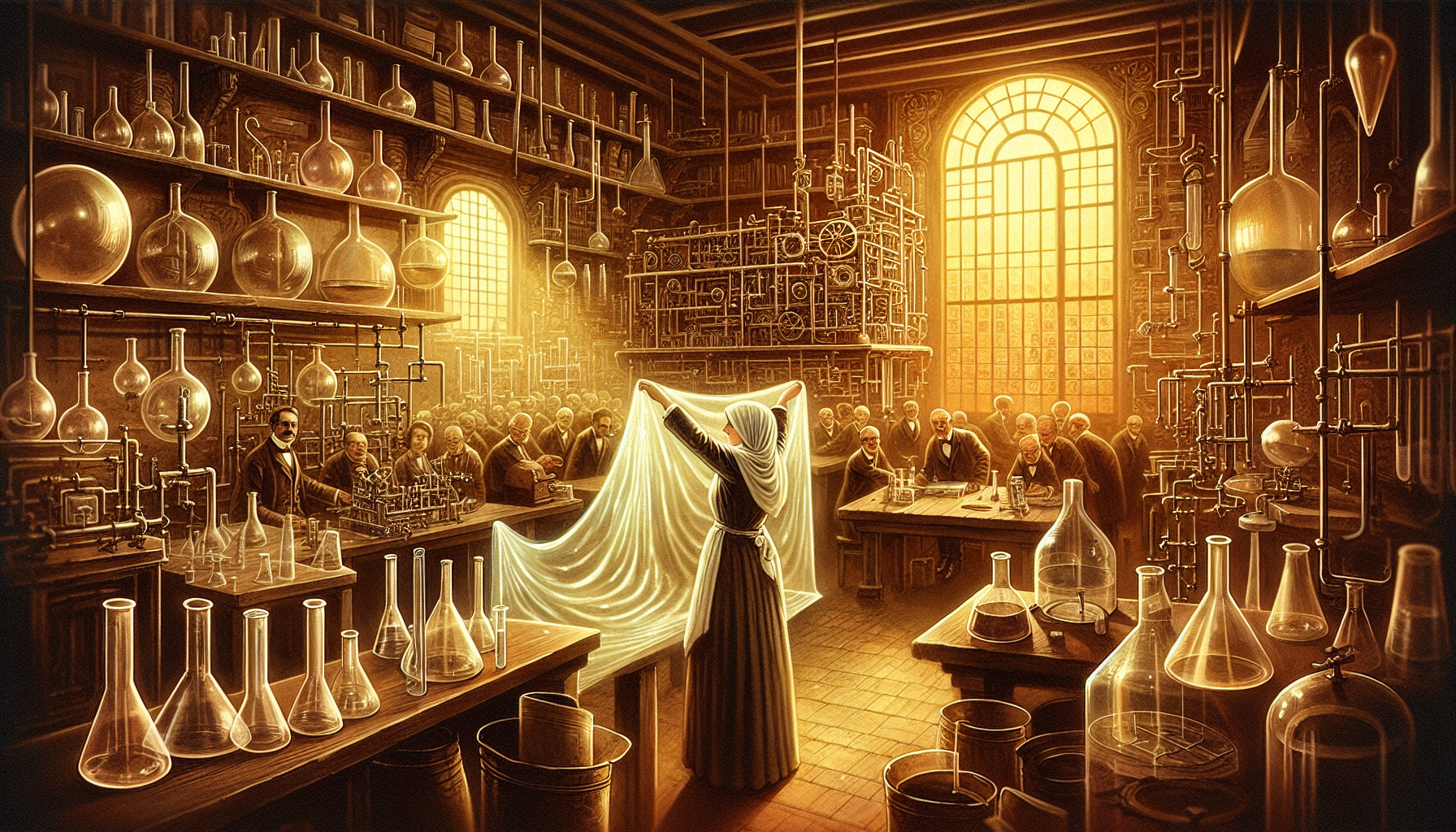The Invention of Plastic: Tracing the Timeline of a Material Revolution
Published: March 13, 2023 Updated: March 29, 2024

How did the invention of plastic reshape our material world? Starting with celluloid in 1869, this transformative substance has evolved from a simple ivory substitute to a cornerstone of modern manufacturing. This article travels through time to chart this evolution and the profound impact of plastic on today's world.
Key Takeaways
-
Innovations like celluloid and Bakelite marked the beginnings of the modern plastic era, dramatically expanding consumer access to products previously made from scarce natural resources like ivory and tortoiseshell.
-
The 20th century saw an explosion in plastic production and integration into everyday life, fueled by fossil fuels, but also raised concerns about waste accumulation and environmental impacts.
-
Recent advances in bioplastics and the three types of recycling technologies offer hope for a more sustainable future.
The Birth of Synthetic Plastics

Human ingenuity overcoming resource constraints is central to the story of synthetic plastics. As the term ‘plastic’ evolved to signify materials that are pliable and easily shaped, a new era of manufacturing dawned. John Wesley Hyatt’s search for an ivory alternative set the stage for a groundbreaking invention—celluloid. This first artificial plastic, born from the combination of cellulose nitrate, camphor, and alcohol under heat and pressure, heralded a new world of possibilities, including the development of entirely synthetic plastics and the rise of manufactured plastic. The emergence of synthetic polymers further expanded the potential applications of these versatile materials.
The impact of celluloid was both immediate and profound. It provided a more ethical option for denture plates, sparing the use of real human teeth, and revolutionized photography by replacing glass plates with flexible film. The shackles of natural growth were shed, and a multitude of new technologies and products began to flourish.
Parkesine: The Pioneer
Parkesine, a material predating celluloid, marked a significant leap in the plastics revolution. Alexander Parkes, driven by the lucrative challenge to find an ivory substitute, pioneered the development of the first synthetic plastic. His invention democratized consumer goods, providing a more accessible alternative for items previously made from scarce materials like ivory and tortoiseshell.
Society widely felt the ripple effect of Parkesine’s creation. No longer were the elegant piano keys or the combs that graced dressing tables the privilege of the few. Parkes’ ingenuity brought these luxuries within reach of the many, setting a precedent for the role of plastics in shaping consumer culture.
Bakelite: A Game Changer
With the advent of Bakelite, the plastics narrative took a decisive turn. In 1907, Belgian chemist Leo Baekeland created this heat-resistant, durable material—the first fully synthetic plastic. Bakelite’s invention was a game changer, introducing a material that was:
-
versatile
-
durable
-
heat-resistant
-
the birth of modern plastics
Dubbed the ‘material of a thousand uses,’ Bakelite found its way into everything from telephones to kitchenware, signaling a new era in the plastics revolution. Its ability to be molded into a myriad of shapes and forms demonstrated plastic’s potential to innovate across industries, paving the way for the future of manufactured plastics.
Plastic Production Boom in the 20th Century
The plastics industry experienced a significant growth spurt as the 20th century progressed. Innovations in plastic production yielded a constellation of new materials, such as polyethylene, polyvinyl chloride (PVC), and polystyrene—each with their own set of unique properties. This era of industrial production saw plastics become deeply integrated into the fabric of modern society.
The proliferation of plastics was not without consequence. The very qualities that made plastics so appealing—durability, versatility, and low cost—also made them a growing concern as waste began to accumulate. As we ventured into the post-war period, the plastic waste problem started to emerge as a shadow over the plastics revolution.
Petroleum and Natural Gas Contributions
Abundant fossil fuels quite literally fueled the explosion of plastic production. Crude oil and natural gas, the primary materials for plastic manufacturing, underpinned the industry’s expansion. The petrochemical industry’s appetite for these resources was ever-expanding, consuming hydrocarbon gas liquids and refinery olefins to produce the plastics that would come to define the consumer landscape.
This reliance on non-renewable resources, however, created challenges. The full life cycle of plastic production, from extraction to disposal, contributed to pollution and other environmental issues.
Diverse Applications of Plastics

Venturing into the 20th century, plastics found their way into virtually every aspect of daily life. From the automotive industry to medical devices, plastics demonstrated a remarkable ability to adapt and fulfill a diverse range of needs. The material’s lightweight and easily shaped properties made it a staple in:
-
consumer products
-
commercial applications
-
construction
-
packaging
-
electronics
-
transportation
and beyond.
An example of this versatility is polypropylene, a type of plastic found in products as varied as packaging and automotive parts. Its widespread usage illustrates just how deeply plastics have woven themselves into the fabric of modern life. As the century progressed, the world witnessed the transformation from natural ivory and cotton fiber to high-density polyethylene and nylon stockings—a testament to the plastics revolution.
Environmental Innovations and Solutions for a Sustainable Future

The plastics revolution ushered in an era of innovation and convenience, but it also presented a new set of challenges for the natural world. The proliferation of plastic waste has become one of the most important environmental issues of our time, with millions of tons finding their way into our oceans and landfills every year.
Innovation and technology offer hope amid these challenges. Companies are pioneering new processes to recycle plastics, turning polypropylene waste into a resin that is virtually indistinguishable from virgin plastic. These advancements not only expand the life cycle of plastics but also open up new possibilities for their reuse in high-value products.
The call for change continues to grow, with environmental advocates promoting solutions rangins from refillable containers to various legislation to better protect the environment. Younger people, in particular, are showing an increased awareness and commitment to sustainability, as ALPLA's 2024 Sustainability and Convenience in Packaging Survey shows. As we become increasingly aware of the consequences of our reliance on plastics, the push towards a more sustainable future has gained momentum.
Biodegradable and Bio-based Plastics
The development of biodegradable and bio-based plastics has been driven by the quest for alternative materials that can imitate natural substances and mitigate the environmental impact of traditional plastics. These materials, derived from natural substances like food, animal, and agricultural waste, offer a more sustainable solution by decomposing into harmless byproducts through the action of microorganisms. The incorporation of natural materials such as fibers from flax and cotton into these composites strengthens their renewability and biodegradability, further aligning them with the natural world.
These new materials represent a significant step towards reducing plastic waste and harnessing the potential of natural resources. As we continue to explore the capabilities of bioplastics from plant crops and improve the efficiency of recycling, there is hope that we can achieve a balance between the benefits of plastics and the health of our planet.
Recycling Challenges and Breakthroughs
Though the journey towards a more sustainable lifecycle for plastics is fraught with challenges, technology’s breakthroughs are paving the way for promising solutions. The complexity and volume of plastic waste present a daunting obstacle for recycling operations, but companies are already making strides in processing this material into valuable resources.
Technological advancements like AI and 3D printing are revolutionizing the way we handle plastic waste. Smart bins and intelligent sorting systems enhance the efficiency of recycling facilities while 3D printing repurposes plastic waste into new, useful products. These innovations not only contribute to a more sustainable use of materials but also inspire a reimagining of how we view and manage the repeating units of our synthetic world.
Summary
As we reflect on the remarkable journey of plastics, from their groundbreaking inception to the global challenges they present today, it’s clear that our relationship with these materials is complex and multifaceted. The invention of plastics was a pivotal moment in human history, one that sparked a revolution in manufacturing and consumer culture. Yet, as we grapple with the environmental implications of plastic's success, it’s evident that we must pursue a path of innovation and responsibility.
The future of plastics hinges on our ability to adapt, innovate, and embrace new solutions that align with the health of our planet and its inhabitants. With concerted efforts to enhance recycling technologies, develop biodegradable alternatives, and otherwise create meaningful change, we can forge a future where the plastics revolution evolves into a sustainable coexistence with the natural world.
Frequently Asked Questions
When was plastic first commonly used?
Plastic first began to be commonly used after the Second World War and saw a surge in use during the 1960's and 1970's due to its cheap, versatile, sanitary, and easy-to-manufacture properties.
Has plastic changed since it was invented?
Yes, plastic has changed significantly since it was first discovered, evolving from the initial breakthrough of Bakelite to the plastics widely used today. This evolution reflects advancements in material science and technology.
What did we use before plastic?
Before plastic, people used materials like metal, wood, rubber, and bakelite to make toys, cars, and other objects. Wood, metal, and bakelite were the most common alternatives to plastic.
Was plastic used in WW2?
Yes, plastic was extensively used in World War II for various purposes, including plane components and synthetic rubber tires.
What was the first synthetic plastic, and why was it invented?
The first synthetic plastic was called Parkesine, and it was invented by Alexander Parkes as a sustainable alternative to ivory and tortoiseshell because of the scarcity of natural resources.
